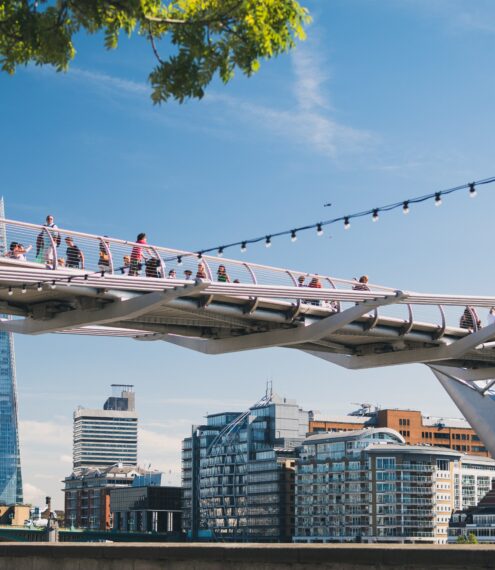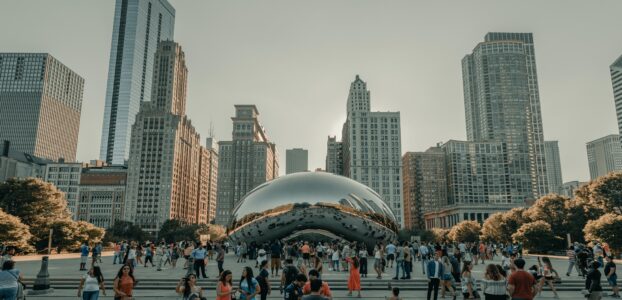Policy briefing (PDF) published in November 2014.
There is a lack of evidence around the cause and effect of public realm interventions of all types on local economic growth.
What are public realm interventions?
Public realm interventions aim to create better places to live, or better places to do business by improving the physical environment. Public realm interventions cover a broad range of activities, for example landscaping an existing park, cleaning up undesired graffiti and street rubbish, erecting public art , or improving pedestrian access of a town centre shopping district.
Most types of intervention fall into one of two broad categories.
- Stand-alone projects to improve the visual appearance and functionality of a local public space, such as rehabilitating a local park.
- Projects which form part of broader redevelopment and regeneration, such as rejuvenating a previously unattractive central square to reflect and support investment into residential development or transport improvements in the area.
The rationale: How do public realm interventions deliver growth?
Public realm interventions could boost local economic growth by attracting new people to an area. This could be done in two ways:
- If public realm improvements succeed in attracting more visitors to a previously less attractive high street or shopping centre, for example, increased footfall will boost sales. In turn, existing businesses will benefit while new firms might be attracted to the area. This might even boost local jobs as increased economic activity creates demand for employment.
- Better off and better educated households may have a positive impact on more disadvantaged groups when living in the same area.
The private sector tends to underinvest in public realm as the benefit to any one organisation is less than the wider social benefit of improved public spaces. Policy makers intervene in the public realm either directly by undertaking projects themselves, or indirectly by requiring private sector partners to contribute to public realm improvement when they undertake development.
What does the evidence say about public realm?
There is a lack of evidence around the impact of public realm interventions of local economic growth. This is partly because public realm interventions are often part of wider regeneration programmes.
The lack of evidence meant we were unable to complete a full evidence review so have produced a policy briefing instead. This considers the likely effects of these interventions, focusing on the local economic impacts, drawing on economic theory and the available (non-evaluation) evidence.
There is a lack of evaluation evidence on the effect of public realm interventions on the local economy.
Lessons:
- Public realm interventions may help create more attractive places to live, but this might lead to higher housing costs and displace existing residents.
- Large-scale public realm interventions may help attract new residents and create mixed communities. But it is unclear that mixed communities deliver significant economic benefits to existing residents.
- Smaller-scale public realm interventions that aim to modestly improve the wellbeing of existing residents are likely to have fewer undesirable or unintended consequences than large-scale, radical transformations.
- Public realm improvements in commercial areas might boost overall business activity but will not necessarily increase jobs or firm profits in the long term, and might also displace existing businesses.






